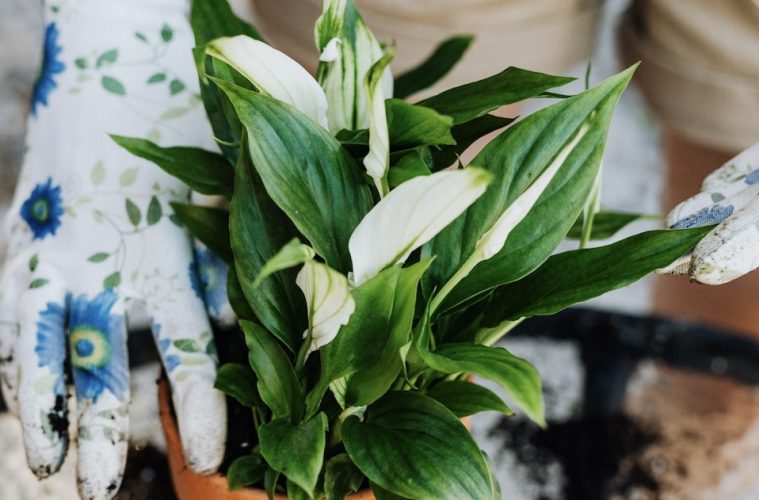The highlight of your garden – the plants themselves – can have a significant impact on your garden environment. This goes for the plants you choose, as well as the design they are arranged in.
To choose plants with the environment in mind, start indigenous. Indigenous plants are accustomed to the conditions of your garden. They typically require less maintenance and use less water, as they have adapted to the rainfall of your particular region. You’ll need less fertilizers and pest management chemicals, which can leech into the soil and water sources, upsetting the surrounding environments. An indigenous garden attracts native wildlife too, increasing the biodiversity of your garden. These rules are not universal, but they can make a significant difference to your garden environment when compared with a garden full of non-native plants.
To nurture scarce resources, choose plants that are tolerant of a range of conditions and are drought friendly. Fussy plants will require more attention and amendment to stay healthy, which can upset the balance of your garden ecosystem. By choosing low maintenance plants you will prevent any undue changes in garden soil and nearby water sources. Not only does this help the environment, but you’ll also join the trending movement towards wild, no maintenance gardens. A garden that manages itself can make an enormous difference in your use of resources. It also saves you time and money, so it’s beneficial all around.
Garden design plays a role too. The way you group and position your plants can impact your water and chemical use in the garden, as well as the surrounding environment. Grouping plants with similar needs reduces water consumption and the need to make soil amendments. If you put your plants in the prime position to suit their needs, they can care for themselves with as little intervention as possible. A good example of this principle is permaculture. Permaculture focuses on the environment and centring the garden design around the plants. It is used most often in edible gardening – the building of self-sustaining food gardens or food forests – but the three ethics of caring for the earth, caring for people, and only taking what you need, are good principles to follow for any gardener.
Another environmentally friendly design principle has received less support from gardeners is the rising anti-lawn movement. A manicured lawn has long been the pinnacle of a successful garden. Unfortunately, as good as they look, they don’t do much good for the environment. Expansive lawns decrease the biodiversity of your garden and take up space that could be used to attract pollinators and other garden-friendly animals. The upkeep they require – mowing, watering, chemical additives – can damage the other plants, insects, and animals in your garden. They do look neat and create outdoor recreational space, but that’s about all they offer. As daunting as it may be, consider joining the ‘no-mow’ movement and letting your grass grow wild. Better yet, replace some grass with a range of pollinator-friendly plants to increase the biodiversity of your garden. You don’t have to give it all up – just limit the lawns where you can. It will save you some dreaded mowing time too.
ALSO SEE HOUSEPLANT DESIGN TIPS THAT PRIORITIZE PLANT CARE


